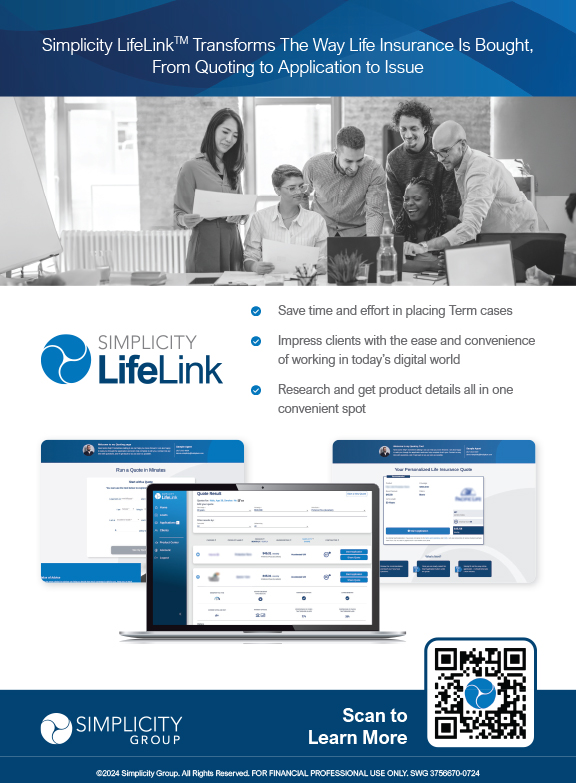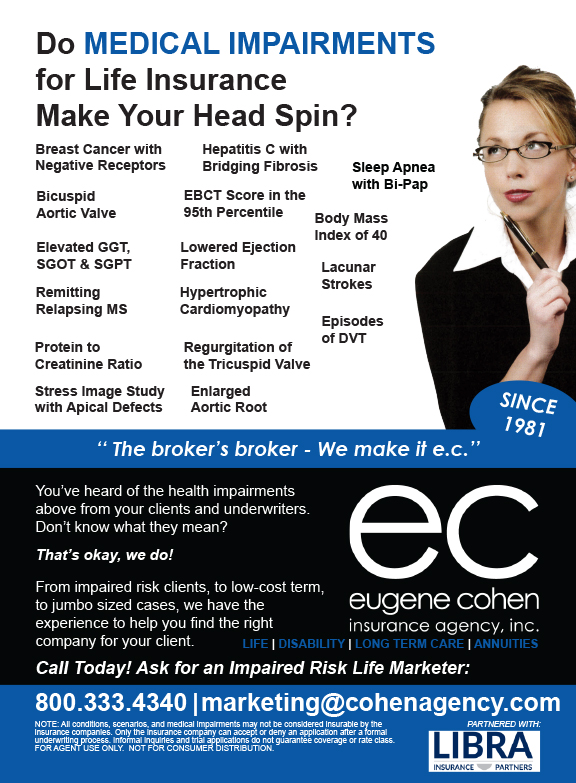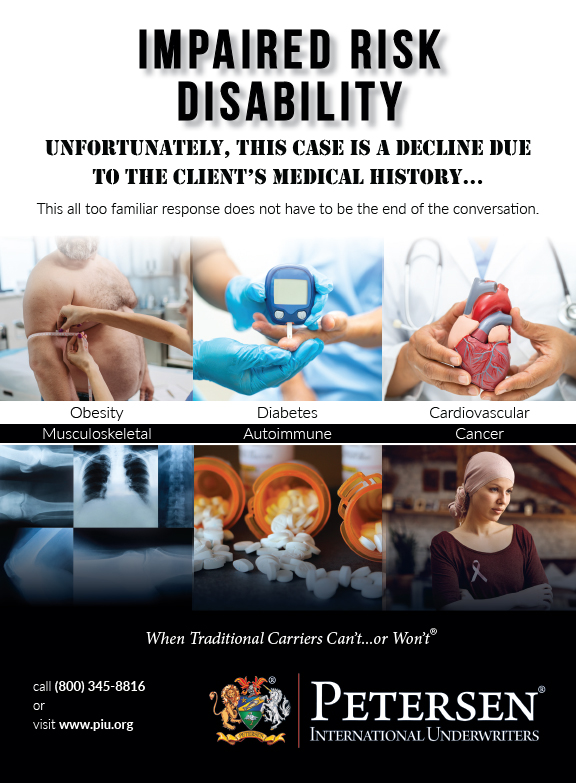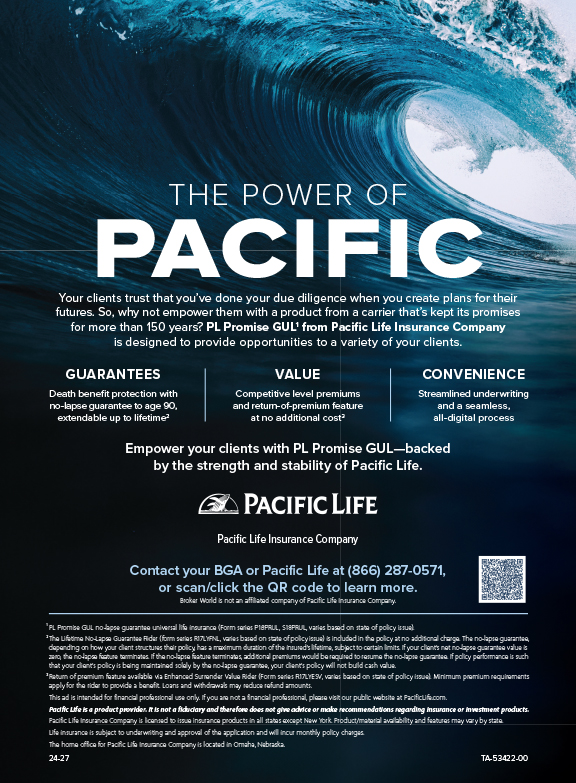A blood profile is part of most insurance application requirements and sometimes leads to adverse results or even a decline. Testing by insurance company laboratories is both accurate and quality controlled, and the chain of command is always checked carefully. There are some instances, however, when blood results may not be the most representative evaluation of an applicant’s state of health, because of problems in the timing of the collection of the sample or in handling the blood in transport.
While an insured never has to “study” to pass a blood test, certain circumstances can cause results to be elevated. For example, having blood drawn after eating may lead to an increase in blood sugar. While this may be corrected by a fructosamine or hemoglobin A1C result run simultaneously, it still doesn’t put a client’s best foot forward.
Cholesterol may be slight elevated and triglycerides even more so if not done when an applicant is fasting—generally not a life changing event, yet very important in placement of a preferred versus standard policy. Taking large amounts of supplements—both vitamin and body-building—can sometimes influence the lab sample measurements as well. Taking the sample on an optimal day for the client can lead to a more favorable result in the lab profile.
Another example of when blood results can be affected is a condition called hemolysis, which can occur as a result of imprecise collection, delays in processing, or even other underlying body diseases that influence the chemistry determination. While there are many technical reasons why a sample may have been positively or negatively influenced, the important part is in deciding which of the chemistries can be affected. Retesting in those circumstances may be helpful.
Serum glucose can actually fall in a hemolyzed sample. Usually there are two tests that counterbalance or help insurers put such a finding in context: (1) fructosamine (measures average glucose control for the last two to three weeks) and (2) hemoglobin A1C (measures average blood glucose control over six to eight weeks). Ironically, fructosamine can rise in a hemolyzed sample at the same time glucose falls. Hemoglobin A1C is the fallback test in these instances. If not obtained, a new sample may have to be drawn to properly evaluate the body’s blood glucose situation.
At times the doctor’s office or paramedical may meet with a delay in sending out a sample, or the sample may be delayed in getting to the lab. In such cases, changes can occur: Glucose, LDH, fructosamine, AST (SGOT) and total bilirubin are the most susceptible. Usually the underwriter or medical director will realize this and correlate the results with previous ones, or take this into account. However, if a declination or action other than applied for is received and the problem is the blood work, it pays to ask about the sample condition (which is illustrated on the laboratory report) to see if a repeat sample is indicated.
In the vast majority of cases, laboratory findings are extremely accurate and actions taken on them are representative of an underlying condition. Sometimes, however, the condition and preparation of the sample can make a difference, and even a small difference can sometimes push an applicant out of the cutoff for a preferred or select policy. Be sure to ask the underwriter to review this when the blood work is the deciding factor for someone without a history of an underlying problem.


























